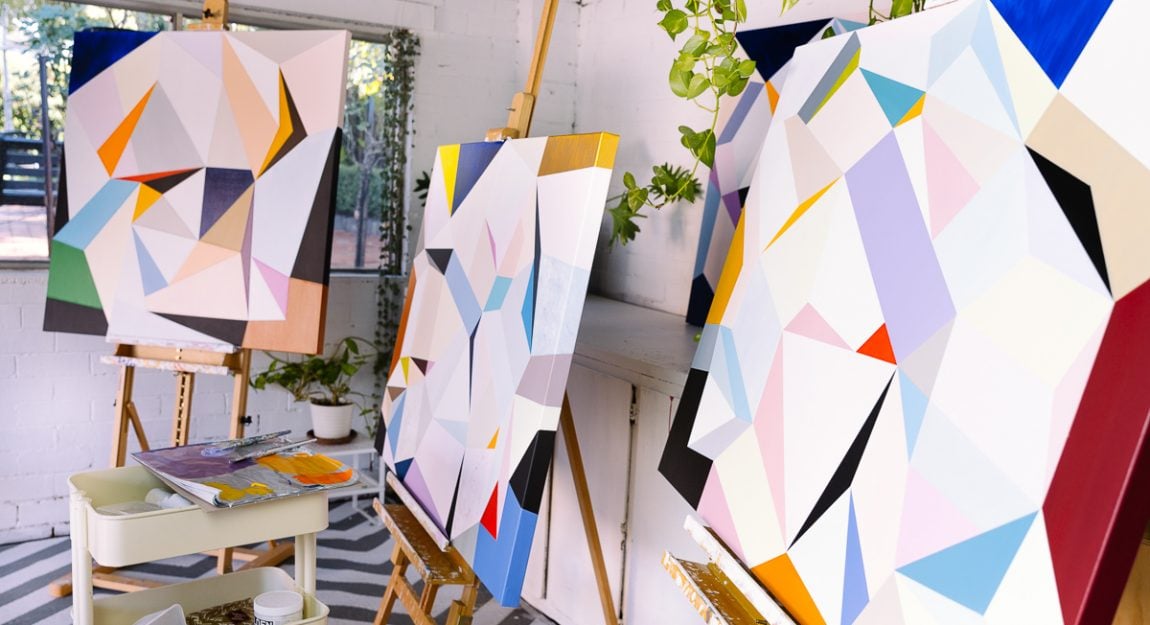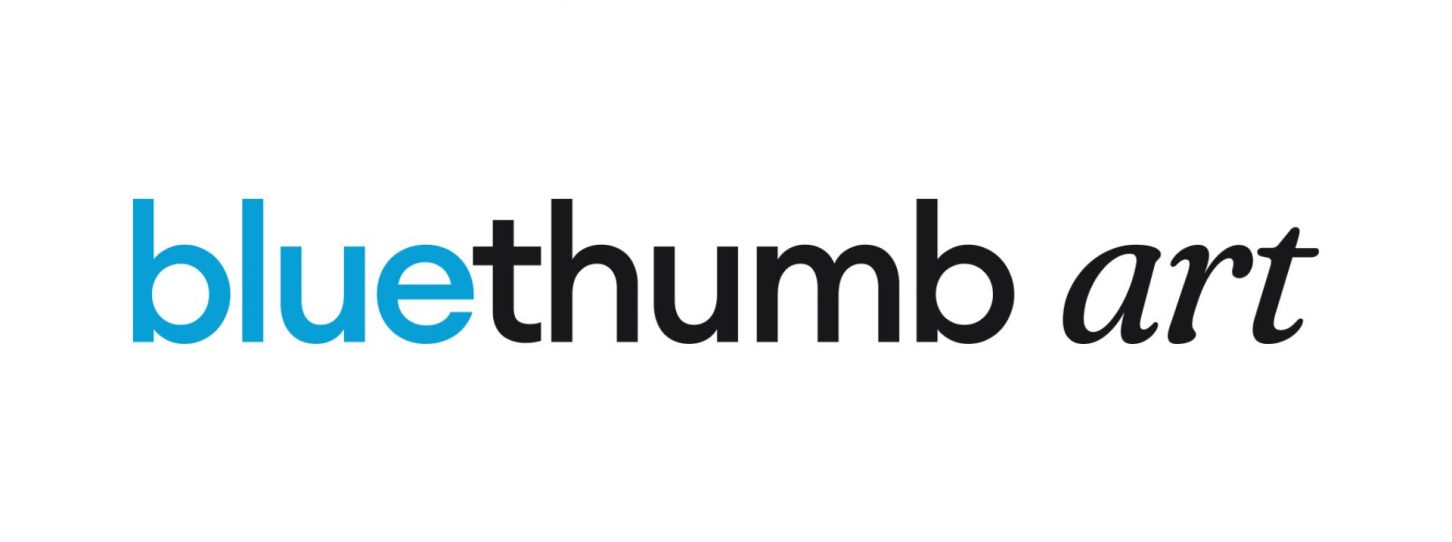What is Abstract Art?
We’ve all heard the definitive remark “my six-year-old could draw that” dismissively said about any number of abstract pieces of art, so much so that entire communities begin to question what abstract art is.
What is Abstract Art?
It was Kandinsky, a true pioneer in abstract art, who highlighted abstract painting as the most difficult of all: “It demands that you know how to draw well, that you have a heightened sensitivity for composition and for colors, and that you be a true poet. This last is essential.”
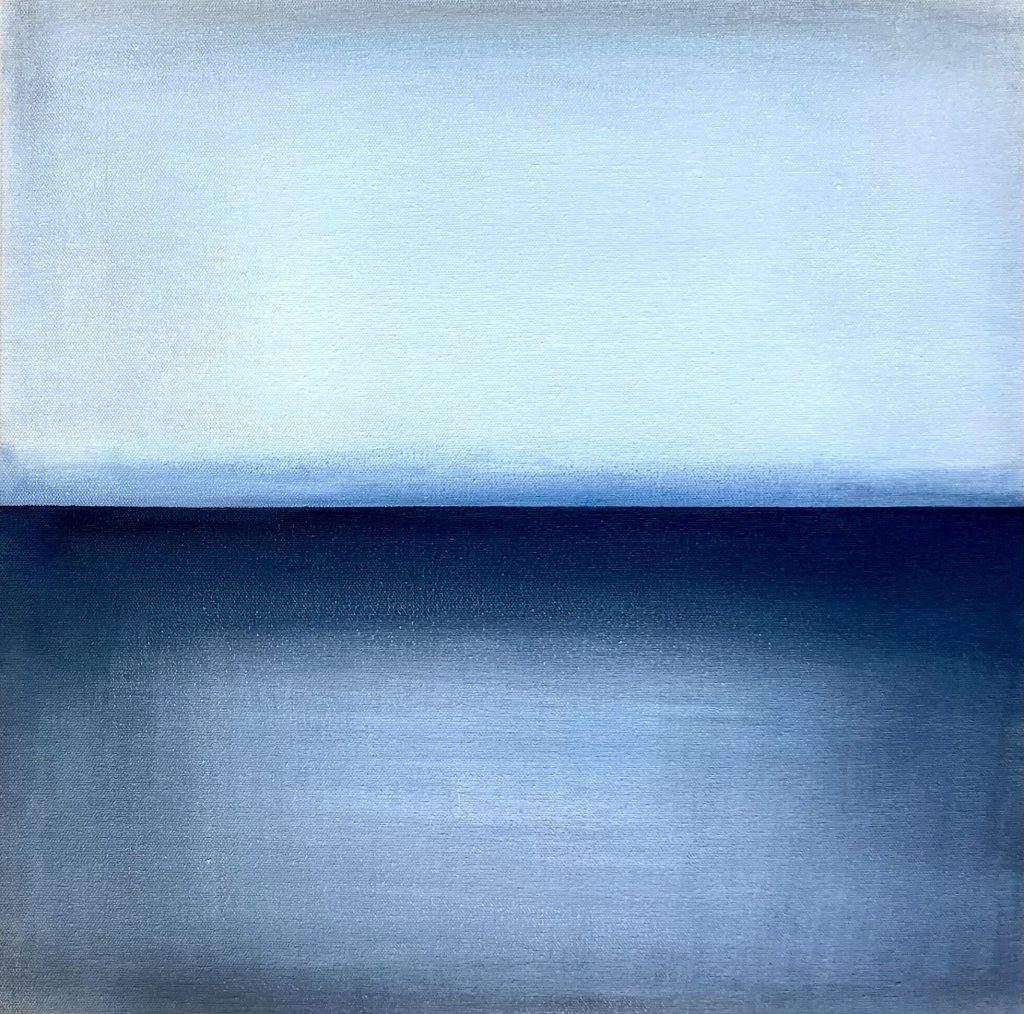
Untitled by Michelle Tholen shows how color and form can communicate feelings of peace and serenity, building on artists like Mark Rothko.
A Century of Abstraction
While some argue that non-figurative art has been sighted from the earliest cave drawings, it’s only within the past 100 years that abstraction has sprung into being. With radical ideas that shocked, surprised, and even repulsed at the time, we’ve seen the likes of Pollock, Gorky, and Malevich and the innovative risks at play that have come to shape the world we live in. Our private spaces are adorned, our buildings designed, and our perception of reality changed and challenged by the progression of abstraction in our everyday lives.
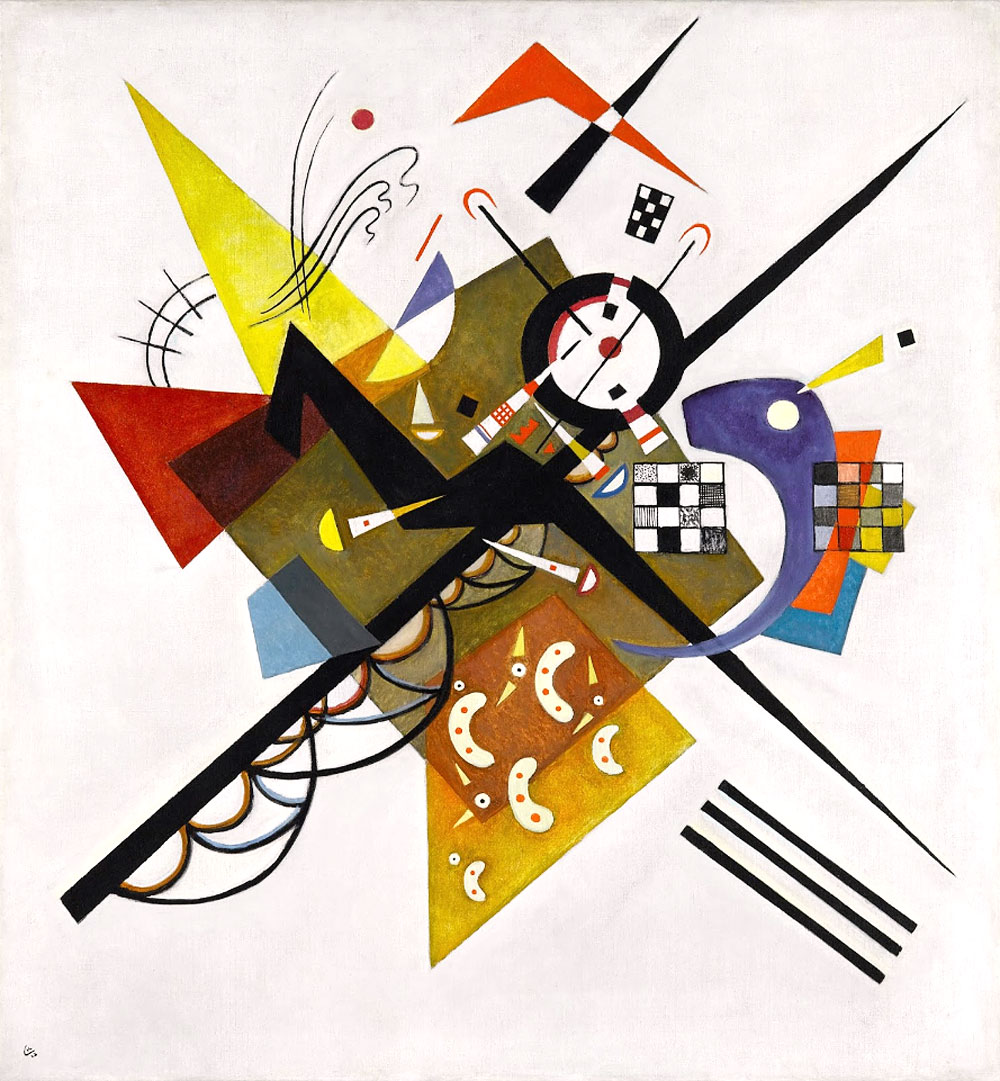
On White II is an early modernist oil painting created by Wassily Kandinsky in 1923.
Painting Your Own Reality
What we know of abstraction strays away from the figurative external reality we share. It combines feelings, concepts, and spirituality with forms, colors, and composition in search of expressing more than what we see – it shows that our reality is what we see with our brain, not with our eyes. On White II, one of Kandinsky’s most renowned works is a prime example of representing more than just what’s concrete.
Black and white, the two main colors at play, show a yin-yang style balance between the chances and prospects life has to offer and the definite nature of death. The sharp lines of a black slash across the white’s absolute opportunity, sending vivid colors rippling across the piece. Because of this, while figurative art often beckons the viewer to come closer, abstract art can be crude, primitive, and unapproachable – much like human emotions.

Everything At Once by Preston M. Smith conveys complex emotions through its vibrant, bold colours – creating a palpable chaotic energy within this abstract painting.
Something inside the mind constantly seeks meaning in what we see. Some might say that a great piece of art is defined by how many stories you can make out of it – which truly stands as testimony to how diverse our minds are. Perhaps the real issue, then, is not about our quest for meaning. Perhaps it’s a matter of joining the dots and making sense of what’s in front of us.
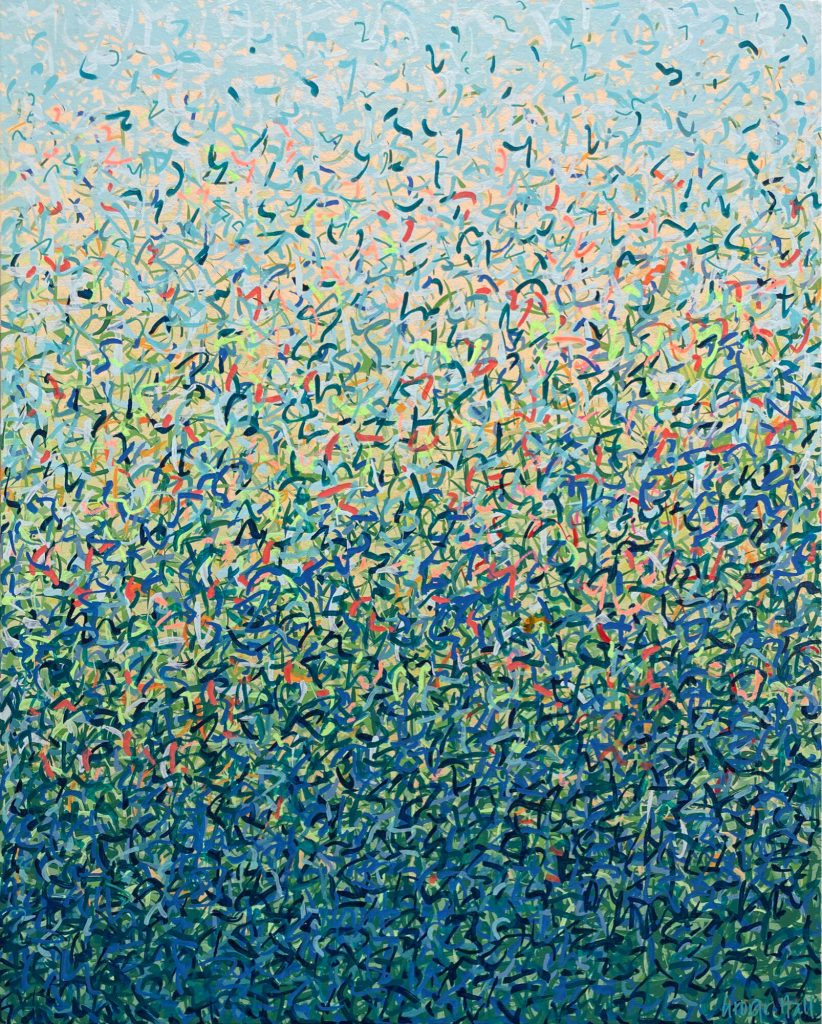
Narrabeen Lagoon B by George Hall is an immaculate blend of an impressionist garden and endless possibilities of stories.
Why does Abstract Art Matter?
Considering the shift in history between art trying to represent the world around us, the rise and shine of photography doing this for us, and art beginning to represent something more, the passing of time maps the quest to add our own sense of depth to the world around us.
Figurative art gives us something to look at and, to a lucky few, something to relate to, but it’s the abstraction that demands us to offer our own perception of life in order to comprehend it. It’s this perception that stops abstract art from being something drawn by six-year-olds and makes it something universally understood.
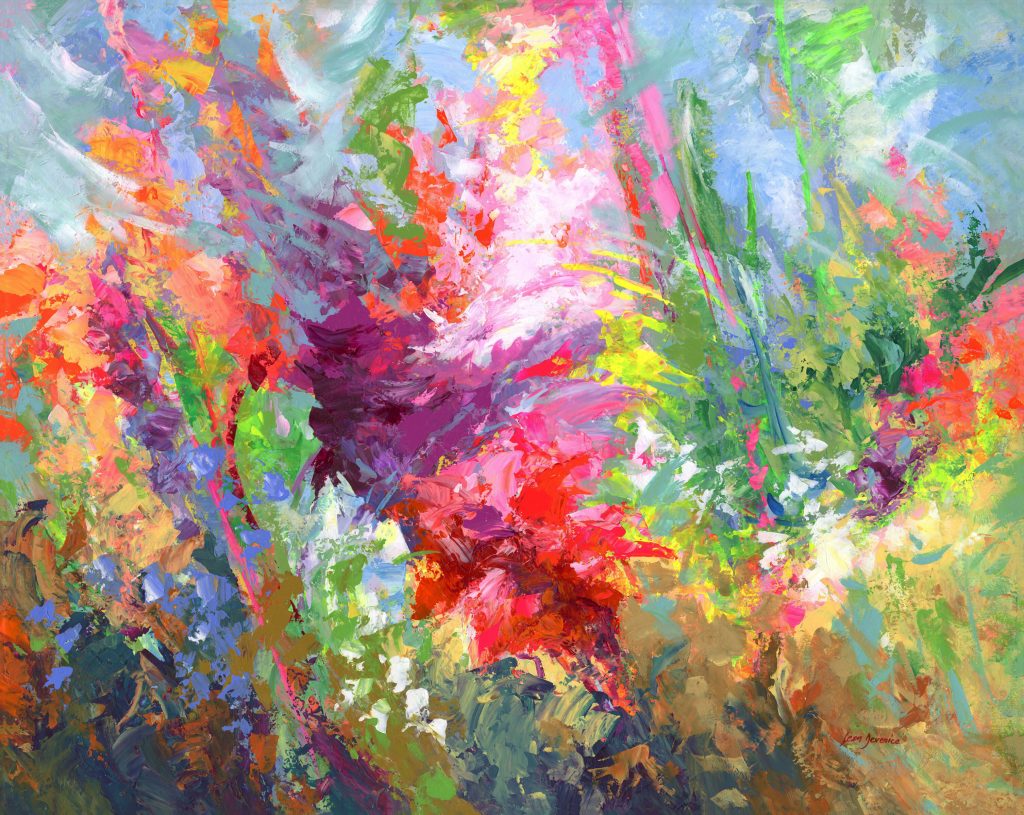
Positive Energy by Leon Devenice is filled with striking colors and captivating patterns, reflecting and encouraging feelings of optimist through abstraction
Explore and shop abstract wall art on Bluethumb; click here!

